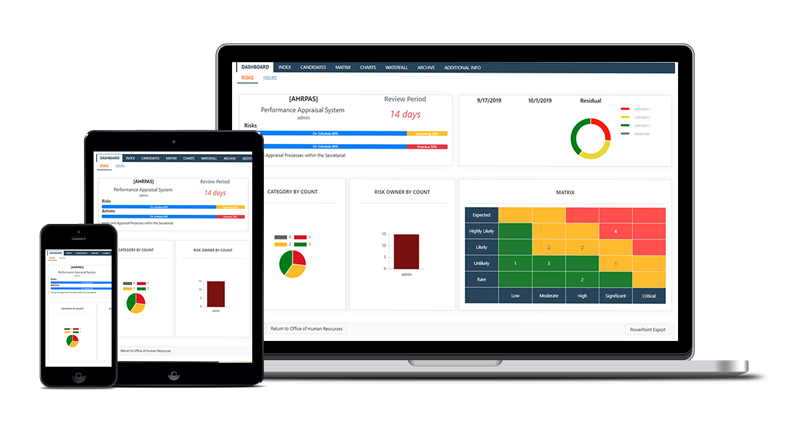It is clearly important for us to understand the nature of a risk properly if we are to manage it effectively. Many people only consider a limited number of risk characteristics, leading to a limited ability to manage risk. Effective risk management requires a deeper understanding.
One way to improve understanding is to explore the “anatomy of risk”. Anatomy can be defined as “separating or dividing into parts for detailed examination.” If we separate and divide risk into its constituent parts, we find seven elements. Four of these relate to the nature of the risk itself, and three are connected to people.
Risk-related elements include:
- Objectives: What do you want to achieve? Risks do not exist in isolation: they are always linked to objectives. Opportunities (positive risks) facilitate the achievement of objectives, and threats (negative risks) are a hindrance.
- Change: What future events could impact your objectives? How might the external and internal environments be different from what you expect? Understanding the potential for change is the starting point for risk identification and analysis.
- Causes: What might cause those changes? It is much harder to prevent threats or capture opportunities if you don’t know where they come from.
- Impact: What are the consequences on your objectives if each risk materialises? Understanding consequences allows you to prepare for risk mitigation (in case of potentially negative consequences) and risk exploitation (in case of potentially positive consequences).
Many people think that these four risk-related factors are sufficient to provide a complete picture of a risk. But risks are inevitably connected with people. Risks often arise as a result of our actions, either directly or indirectly. Once a risk has been identified, the reactions of those people affected can further complicate the situation. These reactions are formed by people’s needs and interests, as well as their moral and ethical principles. As a result, there are three additional people-related elements to the anatomy of risk:
- Contributor: Who contributes to the risk, and how? We need to identify those individuals and groups who can affect our objectives, either positively or in a negative way.
- Bearer: Who will bear the risk burden? People who would be affected by risk may respond defensively, or they may seek to deflect the risk impact onto others. This can have unexpected consequences, increasing or decreasing overall risk exposure.
- Ethics: What ethical principles drive the choices made by the people involved with each risk? Ethical considerations are also relevant for those who make decisions on which risks to prioritise for action, choosing which type of response is appropriate.
These people-related elements raise the issue of “risk justice”, as the behaviour of some people creates new risks for others. How far should those responsible for contributing to the risk be held accountable for the follow-on impacts that they might cause? How can we measure these effects and determine their relative importance? By including people aspects in our assessment of risk, we can ensure that any unintended consequences of their risk behaviour are minimised.
If we understand the anatomy of each risk through consideration of these seven elements, including both people-related aspects, we will be able to conduct a more realistic assessment of risk and ensure that each risk is managed appropriately.
© Copyright May 2017, Magda Stepanyan/The Risk Doctor Partnership






